READY TO GET STARTED?
REQUEST A FREE ESTIMATE
Fill out the form below or call (888) 466-7849 for a free, no-obligation estimate.
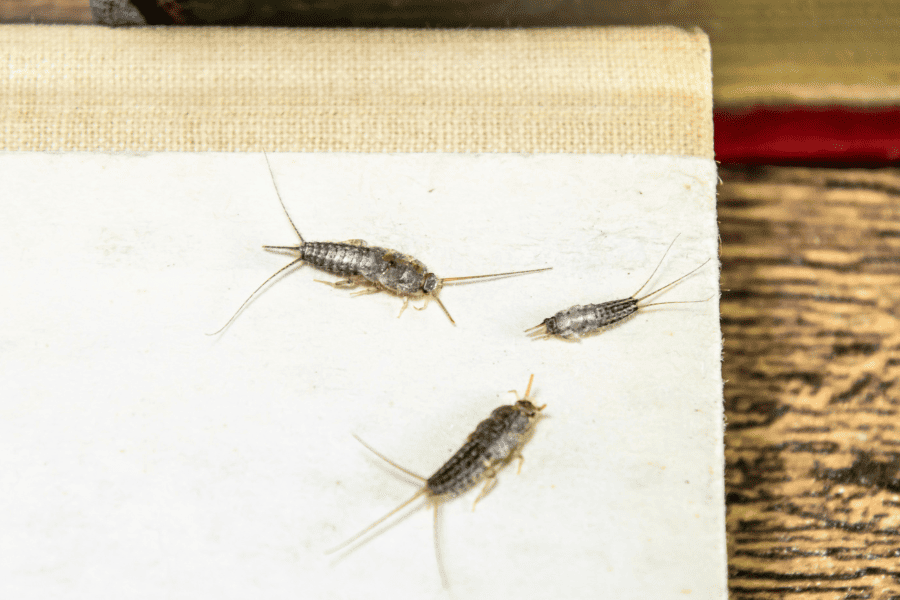
Silverfish are a prominent pest found in most Florida neighborhoods, including Hialeah. They typically show up in homes that offer high humidity and moisture, which is the perfect environment for these pests. These creatures aren’t harmful to humans but can become a nuisance if they infest your home.
These brown-gray to bluish-silver colored pest can get up to ½” in length and have six legs and an elongated body. They are known to rapidly move with fish-like movements and do not have wings.
You will typically find these pests in bathrooms, usually in the sink, bathtub, or crawling along the floor near a wall. They can survive a year without food but need humid temperatures and moisture to survive. Paper and photos make an ideal meal for these pests, but starchy substances like carpet glue, book bindings, wallpaper, plaster, and some paints will also attract these creatures.
Other than spotting silverfish themselves, there are various signs that these pests have infested your home. Pay attention to their feeding marks, these can look like holes, notches along an edge surface, or surface etchings. Here are some steps you can take to prevent these pests:
They prefer to live in areas that offer 75-95 percent relative humidity, which is not uncommon in South Florida. Air conditioners and dehumidifiers are vital for making your home environment less attractive to silverfish.
Silverfish and other pests like to hang out in cardboard boxes, so utilizing plastic bins for storage is a good way to prevent silverfish and other pests.
If you’re having issues with silverfish in your Hialeah, FL home, call your local pest control company today to request a free inspection.
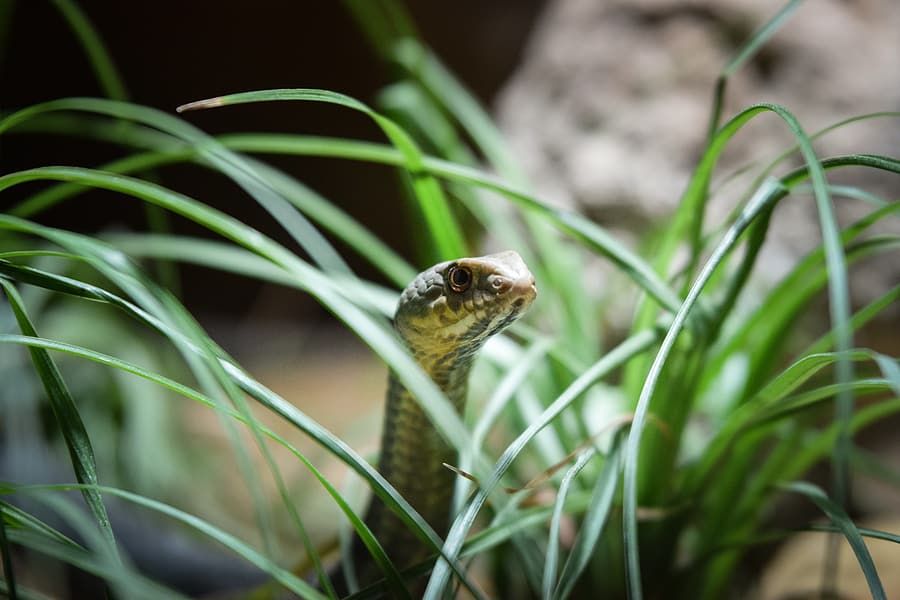
Georgia’s diverse wildlife and lush greenery make it a picturesque place to live, but it also attracts various critters, including snakes. While many snakes in Georgia are non-venomous and beneficial, encountering them in your yard can be unnerving. To ensure your family’s safety and peace of mind, we’ll explore natural ways to keep snakes away using common snake repellent plants, discuss common snakes found in Georgia, and provide tips for prevention and snake removal.
Before we dive into snake-repelling plants, let’s get familiar with some of the common snakes you might encounter in Georgia:
Now, let’s explore some natural methods to keep these serpents at bay.
Aside from using snake-repellent plants, here are some additional tips to prevent and eliminate snakes from your yard:
Living in Georgia’s beautiful landscape also means sharing your space with wildlife, including snakes. By using snake-repelling plants, maintaining your yard, and taking steps to prevent snake encounters, you can enjoy the natural beauty of Georgia while keeping slithery intruders at bay. If you need help with pest control, request a free quote from a trusted pest control company to ensure a snake-free environment for your family.
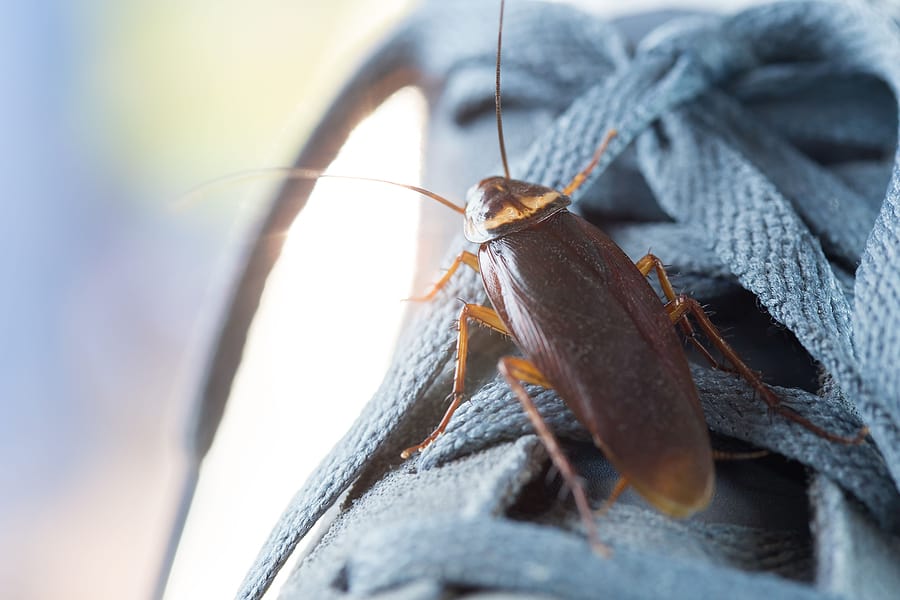
Seeing roaches in your Lauderdale Lakes home?
Roaches are highly adaptable creatures and can find their way inside your home through the tiniest of gaps. Once they begin reproducing is when you start to see the problems that roaches bring. Understanding the factors that attract these pests into your home is the first step to preventing them!
Roaches prefer to eat sugar, carbs, and protein but will eat about anything they can find. Regularly clean up any leftover food, spills, or crumbs on tables, countertops, and appliances, especially after cooking or eating a meal. After a grocery trip or storing leftovers, look to place your food in airtight containers. Be sure to also empty your trash at least once a week and clean out the trash container of any spilled liquids or leftover food regularly.
Did you know that roaches can survive without water for 2 weeks? It’s true! Despite this, they still seek out water as much as they can and will enter homes if they’ve found it. It’s important to remove any standing water inside or outside of your home. Look to remove water near drains and sinks, particularly overnight. Your crawlspace and basement can create excess moisture; consider utilizing a dehumidifier or installing a moisture barrier or crawlspace enclosure to help.
Roaches love clutter, making it essential to remove any unnecessary items from your home, garage, and attic. Get rid of any old cardboard boxes, newspapers, and magazines. Check your interior walls, skirting, electrical outlets, baseboards, sinks, and cabinets for any gaps or openings, sealing them as soon as possible. Make sure your windows and doors are sealed and consider utilizing weatherstripping. Likewise, ensure all your exterior lighting turns off at night as it can attract rodents and household pests.
If you notice more roaches than normal in your Lauderdale Lakes home, be sure to give your local pest control company a call today for a free inspection and a customized pest plan to help prevent cockroaches!
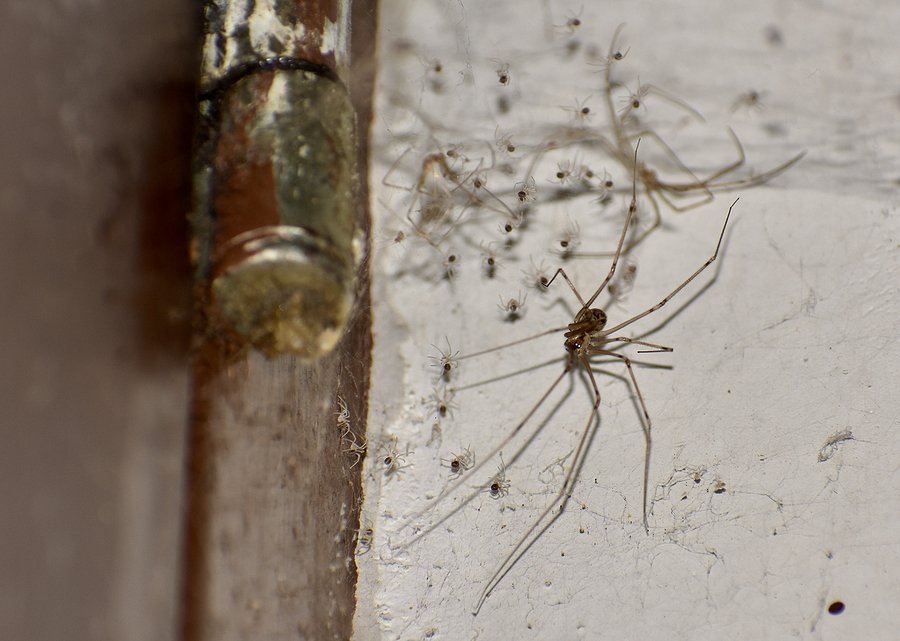
As the leaves begin to change and the air turns crisp, we welcome the beauty of autumn. However, with the arrival of fall, we also welcome a different kind of guest into our homes – spiders. While most spiders prefer to stay outdoors, some decide to seek shelter indoors during the cooler months. Two common culprits are daddy long legs and cellar spiders. In this post, we’ll help you identify and distinguish between these two fall pests, understand their habits, and offer tips on how to keep them at bay.
Daddy long legs and cellar spiders have their similarities but are not the same species. Here are some key differences and similarities between the two:
Both daddy long legs and cellar spiders are frequently found in similar environments, including:
The good news is that both daddy long legs and cellar spiders are harmless to humans. They don’t pose any significant health risks or property damage. In fact, they can be seen as allies in your pest control efforts as they help control populations of other insects in your home.
To prevent and manage daddy long legs and cellar spiders in your home, follow these steps:
If you’re dealing with a fall pest problem in your home, don’t hesitate to request a free pest control quote from our experts. We specialize in handling all sorts of household pests, including spiders, and can provide you with the solutions you need for a pest-free autumn.
Don’t let daddy long legs and cellar spiders take over your living space this fall. With the right knowledge and actions, you can enjoy the beauty of the season without these uninvited guests. Contact your local pest control company today for your free pest control quote and keep your home spider-free all season long.
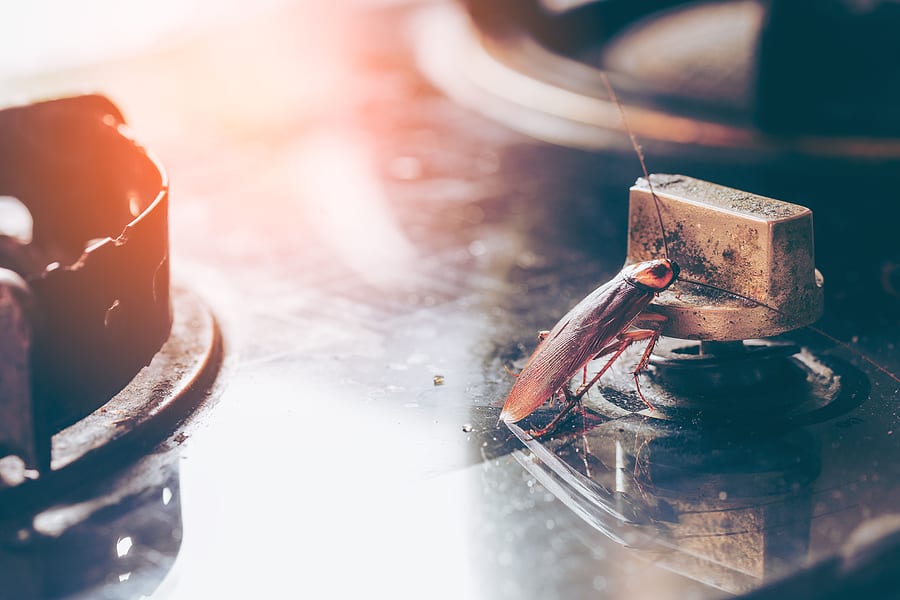
If you’ve ever spotted a cockroach inside your home, you know how alarming it can be! Once these pests get inside the home, they can spread contamination and even trigger allergic reactions. The best way to deter roaches from your home is understanding the types of roach species invading and what preventative measures to place to avoid their infestation. Check out the 3 common roaches found in Florida and how you can prevent them.
These roaches are one of the largest roach species, getting up to 1.5 inches in length and even developing wings towards the end of their lifecycle! They have a reddish-brown body with a yellowish figure-eight pattern on the back of their head. You can often find them in basements, sewers, kitchens, and bathrooms looking for water and food to survive.
These roaches got their name from the two light brown bands that appear across its wings. The brown-banded roach prefers to have warmer, drier, and higher locations to inhabit, often being found in cabinets and even behind pictures! A good indication these roaches are inside your home is finding their egg cases in or underneath furniture.
Preferring warm, humid spaces, German cockroaches will often be found where humans eat, like kitchens. Often, you can find them around appliance motors, like refrigerators and dishwashers, for its heat. You can identify these roaches by their two dark brown stripes on their back and wings.
The best way to prevent roaches from invading your home is by placing preventative measures. Here are some easy, do-it-yourself roach control tips:
If you’ve noticed these roaches inside your home, it’s best to call your local pest control company to eliminate them. Pest professionals will inspect your home, identify the type of roach, and provide you with the best treatment plan.
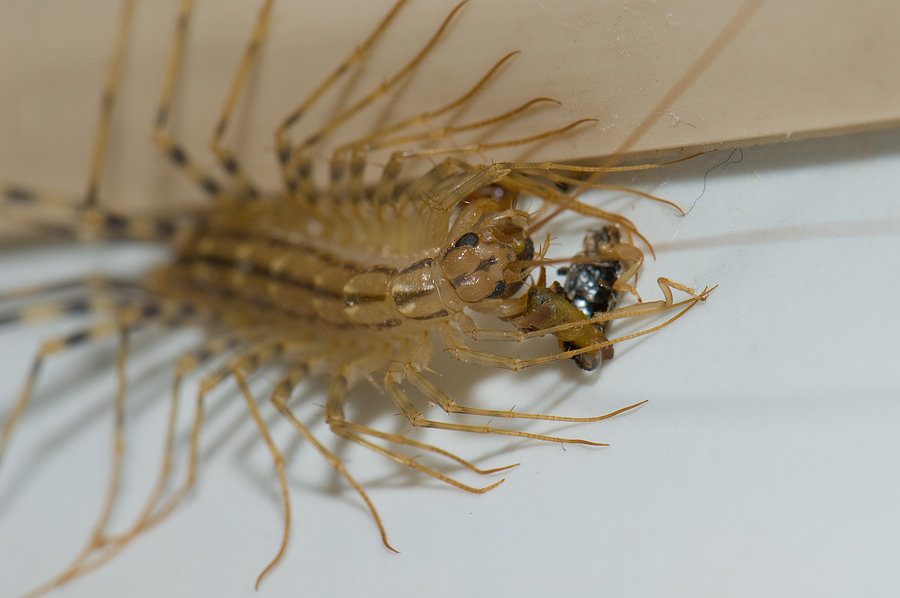
As the fall season approaches in Georgia, homeowners may find themselves facing a variety of household pests, including the unsettling presence of house centipedes. These long-legged creatures can be quite a nuisance, but fear not – in this blog post, we’ll delve into what you need to know about house centipedes in Georgia, from identification and their common hiding spots to whether they pose a threat to humans. We’ll also provide practical tips on how to prevent or get rid of them with the help of professional pest control services.
House centipedes are easily recognizable by their unique appearance. They have long, slender bodies that can range from 1 to 1.5 inches in length and are covered in numerous pairs of legs. Despite their name, they typically have 15 pairs of legs, giving them a creepy-crawly appearance.
House centipedes thrive in damp, dark environments, making your home an attractive habitat. You may encounter them in areas such as basements, crawlspaces, bathrooms, and even kitchens. They are agile hunters, preying on other insects like cockroaches, spiders, and silverfish, which is why they are often found in proximity to their prey.
The good news is that these centipedes are generally not harmful to humans. They are not known to transmit diseases or bite humans unless they feel threatened. However, their presence can be unsettling, and their appearance can cause anxiety for some homeowners. If you’d rather not share your space with these creatures, there are ways to keep them at bay.
While house centipedes in Georgia may seem unsettling, they are generally harmless to humans. However, their presence can be a sign of underlying pest issues in your home. To ensure a pest-free environment and peace of mind, it’s wise to consult a pest control expert.
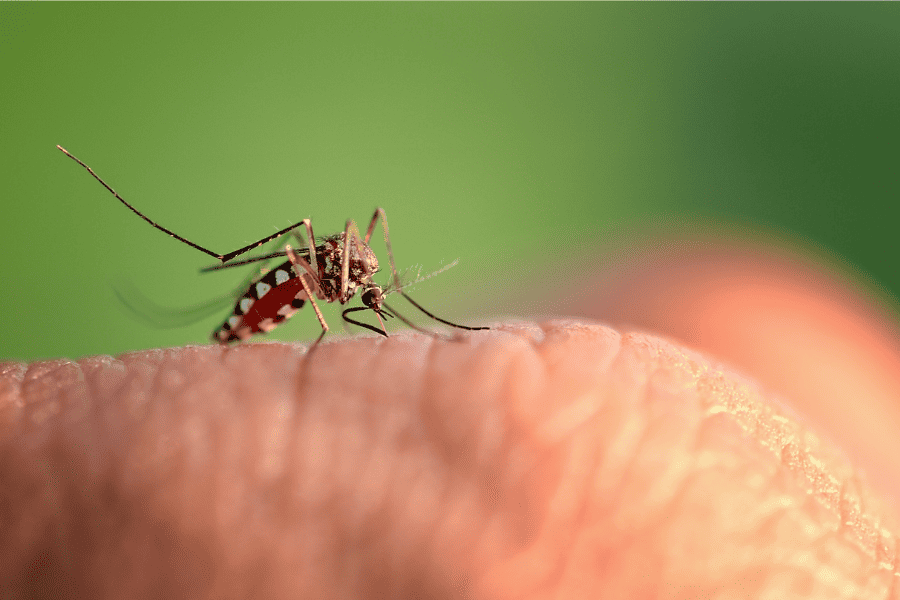
Mosquito season is still in full swing in Homestead, Florida, which means there’s still time to implement some mosquito prevention strategies to lessen the population of mosquitoes around your property. Let’s go over the best tips to get started right away.
Mosquitoes love standing water and even utilize these areas as breeding grounds. The easiest way to identify the worst of these areas is noticing clouds of mosquitoes flying above still bodies of water such as ponds and lakes. If you have any stagnant water in your garden or yard, whether it’s a bird bath, bucket, pool cover, gutters, or even some landscaping, it’s best to remove it or change out the water. Additionally, remove any mosquito eggs that have been deposited along the edges of these items by scrubbing the surfaces.
Did you know that mosquitoes, just like humans, prefer to be out of the sunshine every once in a while? They prefer to hang out in tall grass, shrubbery, bushes, and foliage. Here are some quick tips to help maintain your lawn to lessen mosquitoes:
Mosquitoes can seem like an endless battle, but you should never have to handle it alone. There are several mosquito control options you can invest in for your Homestead property. A local Florida pest control company can provide you with a mosquito reduction plan that is perfect for your needs and schedule. Request a FREE mosquito estimate today!
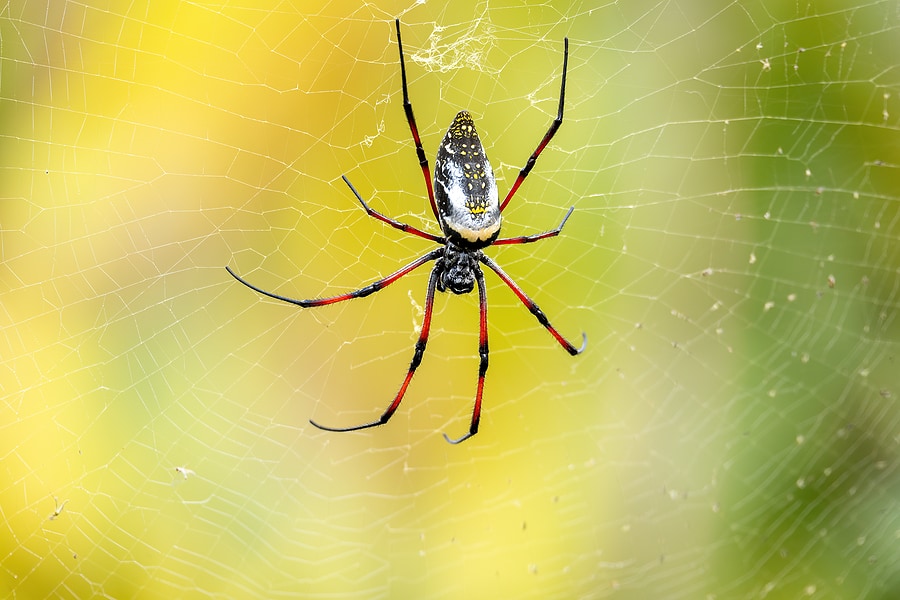
As the fall season settles in, many homeowners in Georgia are gearing up for the seasonal battle against fall pests. Among the various critters that make their way into our homes and gardens, orb weaver spiders are a common sight. While these eight-legged arachnids may appear intimidating, understanding their characteristics and behaviors is essential to maintaining a pest-free environment.
Orb weavers belong to the Araneidae family and are known for their distinctive circular webs, which they expertly spin to trap flying insects. These spiders come in various colors, shapes, and sizes, but they all share some common features:
Orb weaver spiders are outdoor creatures, and you’ll most commonly encounter them in the following places:
Before rushing to eliminate orb weaver spiders from your property, it’s essential to consider both the advantages and disadvantages they bring.
If you wish to minimize orb weaver spider presence around your home, here are some practical tips:
Don’t let orb weaver spiders and other fall pests disrupt your peace of mind this season. Take proactive steps to manage and prevent their presence by reaching out to our expert pest control team. Request a free pest control quote today and ensure a pest-free environment for you and your family.
In conclusion, while orb weaver spiders can be beneficial for natural pest control, they may also pose challenges for homeowners. Balancing their advantages and disadvantages and taking preventative measures can help you enjoy a pest-free home during the fall season.
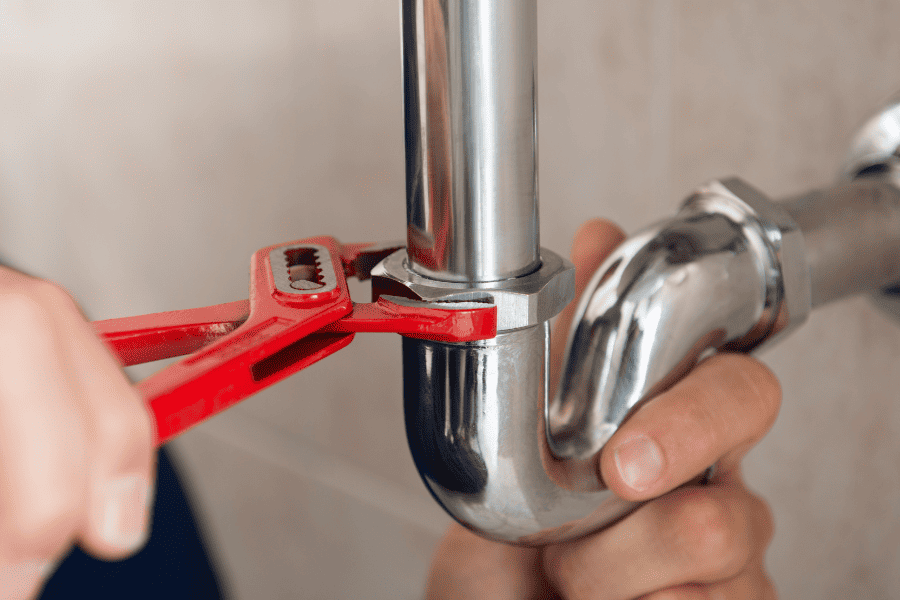
It’s inevitable to come across certain pests, especially during the warmer months of the year. Though, with Florida’s tropical weather year-round, it can seem like dealing with pests is nonstop. Roaches, mice, mosquitoes, and ants are just a few pests that can take over a household, become an annoyance, spreading disease, and causing damage to your home. One of the best ways to avoid a pest infestation is preventing them in the first place by placing do-it-yourself pest proofing measures throughout your home. Check out our list of DIY pest control tips you can utilize:
Pests are attracted to three things: food, shelter, and water. The best way to keep pests from entering your home is to get rid of what they’re attracted to. Try to keep your home as clean as possible, vacuuming and sweeping on a regular basis. Likewise, repair any leaky pipes and faucets both inside and outside of your home. Avoid leaving your pet’s food and water bowls overnight, taking them in and storing their leftover food in plastic containers with lids. Declutter your home, removing any old magazines, newspapers, and cardboard boxes you don’t need.
Mice, ants, and roaches can enter through the smallest hole or gap they find. It’s important to take the time to inspect the outside of your home for any potential entry points, sealing them up with either caulk or steel wool, depending on how large it is. Don’t forget to check foundations, food frames, windows, utility pipes, cables and wires, and the roof for any potential opening pests could enter in from. Repair any broken windows or screens and fil openings in pipes and vents.
To get to your home, pests must enter your yard first, so it’s important to keep it less attractive to them as it is your home. Regularly mow your grass, keeping it short and eliminating any weeds. Remove piles of leaves, debris, and fallen branches from your yard. Look to eliminate any clutter or items you don’t need, such as old automobiles, trashcans, tires, and dumpsters. If you store wood, keep it elevated from the ground and at least 20 feet from your home.
Pests need water to survive, and the smallest amount of standing water will attract pests like termites and mosquitoes. Keeping your home as dry as possible is key to avoiding their infestation. Check around your home for any water leaks and look for loose fixtures or dripping faucets too. If you have a crawlspace, consider utilizing a dehumidifier to decrease excess moisture. Make sure you clear any debris and leaves from your gutters, especially after a hurricane or thunderstorm.
Sometimes, a pest infestation needs more attention than DIY pest control methods can provide. If you’re still seeing an influx of pests or would like to get ahead of pest prevention, consider reaching out to a local pest control company for some help. These professionals will identify the pest at hand, provide proper treatment, and recommend the best prevention techniques you can use at home to avoid a future pest infestation.